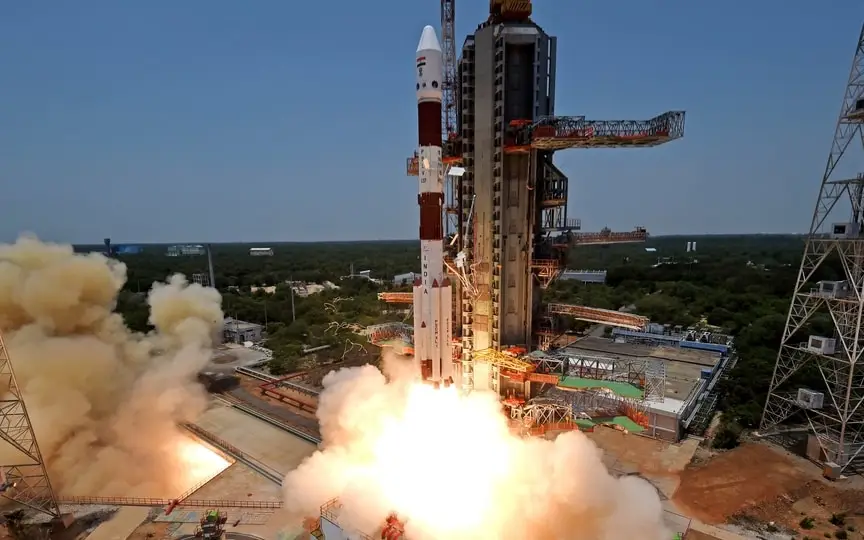Aditya-L1 to Join NASA’s SOHO at Lagrange Point 1
India’s inaugural solar mission, Aditya-L1, has successfully launched from the Satish Dhawan Centre in Sriharikota at 11:50 AM IST on September 2. The spacecraft will travel 1.5 million kilometers to reach the Sun and will be positioned in the halo orbit around the first Lagrange point (L1) of the Sun-Earth system. Notably, Aditya-L1 will join the ranks of four other spacecraft already occupying similar orbits, including the Solar and Heliospheric Observatory (SOHO), Advanced Composition Explorer (ACE), Global Geospace Science (GGS) Wind, and the Deep Space Climate Observatory (DSCOVR).
This is how the Indian Space Research Organization (ISRO) Aditya-L1 compares with NASA and ESA’s Solar and Heliospheric Observatory (SOHO).
Aditya-L1: Details
Aditya-L1 is now traveling about 1.5 million kilometers to the Sun. The spacecraft will be placed in a halo orbit around the Lagrange 1 (L1) point for a five-year mission. The goal of the mission is to unravel the mysteries of the Sun, such as the causes behind Coronal Mass Ejections (CMEs), solar flares, solar weather and much more.
According to ISRO, Aditya-L1 will carry seven payloads to study the Sun’s photosphere, chromosphere and coronal layer, which will be done using electromagnetic and particle controllers. All payloads help scientists better understand solar weather dynamics, coronal heating problems, preflare and flare operations, and much more.
The seven payloads are – Visible Emission Line Coronagraph (VELC), Solar Ultraviolet Imaging Telescope (SUIT), Solar Low Energy X-ray Spectrometer (SoLEXS), High Energy L1 Orbiting X-ray Spectrometer (HEL1OS), Aditya Solar Wind Particle Experiment (ASPEX), Aditya Plasma Analyzer Suite (PAPA) and Magnetometer (MAG ).
Solar and Heliospheric Observatory: Details
The Solar and Heliospheric Observatory, or SOHO, was launched by NASA in 1995 in partnership with ESA and became operational in May 1996. It was originally launched as a 2-year mission, but has now been operational for 25 years. According to NASA, SOHO aims to study the Sun “from the inside out,” meaning it has analyzed everything from its deep core to the outer corona and solar wind.
SOHO is equipped with 12 scientific instruments such as Extreme Ultraviolet Imaging Telescope (EIT), Michelson Doppler Imager (MDI), LASCO (Large Angle and Spectrometric Coronagraph) and others. SOHO takes pictures of the sun’s corona, measures the sun’s surface speed and magnetic fields, and observes the weak corona around the Sun.




